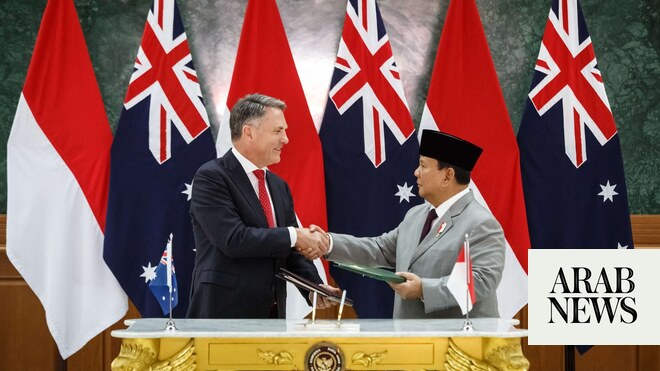LONDON: Polio has been eradicated from most of the world as part of a decades-long eradication effort by the World Health Organization and its partners. However, it remains one of the world’s most infectious diseases and is still endemic in a small number of countries. WHO and its partners hope to eradicate polio in the next few years.
Until polio is wiped off the face of the earth, the virus will continue to cause epidemics wherever children are not fully vaccinated. The recent case of polio infection in an unvaccinated infant in the Gaza Strip marks the first time the disease has been reported in the region in more than 25 years.
What is polio?
Polio is a viral infection that primarily affects children under the age of five. Most people infected with polio have no symptoms, but some may experience symptoms such as fever, headache, vomiting, and stiffness of the spine. In severe cases, polio attacks the nervous system and can cause paralysis within hours, according to the WHO. The UN agency estimates that one in every 200 polio cases results in permanent paralysis, usually of the legs. Of the paralyzed children, up to 10% die from paralysis of the respiratory muscles.
The virus enters the body through the mouth and spreads from person to person, most often through contact with the faeces of an infected person, and less commonly through contaminated water or food.
How bad was polio in the past?
It’s so bad. Polio has been around for centuries. Ancient Egyptian hieroglyphics show children with the emaciated limbs and walking with canes that characterize polio patients.
Before the first vaccine was developed in the 1950s, polio was one of the most feared diseases. An epidemic in New York in 1916 killed more than 2,000 people, and the worst epidemic recorded in the United States in 1952 killed more than 3,000. Many who survived polio suffered lifelong aftereffects, including paralysis and deformed limbs. Some people, whose respiratory muscles were paralyzed, required “iron lung” chambers to help them breathe.
When did the eradication campaign begin?
Inspired by its success in eradicating smallpox eight years earlier, the WHO passed the Polio Eradication Resolution in 1988. The initial goal was to eliminate polio by the year 2000. WHO, along with partners including the U.S. Centers for Disease Control and Prevention, UNICEF, and Rotary International, ramped up production of the oral vaccine and developed widespread immunization campaigns. Polio cases fell by more than 99 percent.
Afghanistan and Pakistan are the only countries where polio has never stopped spreading. Endemic disease is also occurring in a dozen other countries, mostly in Africa. WHO and partners currently aim to eradicate polio by 2026.
Why did it take so long?
That’s extremely hard: to stop polio outbreaks, we need to vaccinate at least 95 percent of the population everywhere, including in countries plagued by conflict and poor areas where health systems and other priorities have collapsed.
The oral vaccine is cheap, easy to use, and effective at preventing infection in entire populations. However, because it contains a weakened live poliovirus, in very rare cases it can infect an unvaccinated person and cause polio. In even rarer cases, the live virus in the vaccine can mutate into a new form and spark a new epidemic.
Health officials have been successful in reducing the number of cases caused by the wild poliovirus; the majority of infections worldwide are now vaccine-associated.
“The problem with eradicating polio is that it requires perfection and has too many weaknesses,” said Scott Barrett, a professor at Columbia University who has studied polio eradication. “It’s technically doable, but we live in a very imperfect world.”


